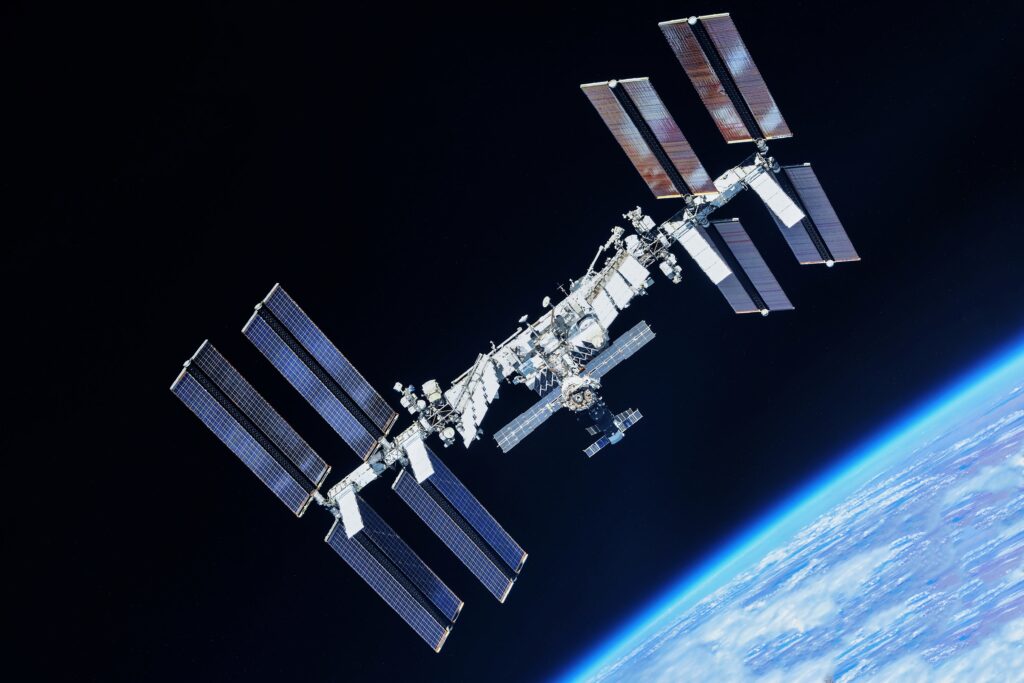NASA astronauts Suni Williams and Butch Wilmore have been stranded on the International Space Station (ISS) since June. Their mission, originally intended to last eight days, will now exceed nine months due to ongoing technical and logistical hurdles.
On Tuesday, NASA announced that Williams, Wilmore, and Russian cosmonaut Aleksandr Gorbunov will return in 2025. The Crew-10 mission, which was set for February, has been postponed to late March next year.
SpaceX Dragon Capsule: More Time Needed for Readiness
The delay stems from the need to complete work on a new SpaceX Dragon spacecraft. NASA stated that extra time is required for the final stages of assembly, testing, and preparation. The capsule is now expected to arrive at NASA’s Florida facility in January.
“Building and preparing spacecraft takes meticulous effort,” said Steve Stich, NASA’s commercial crew program director. He praised SpaceX for expanding its Dragon fleet and ensuring mission readiness. Stich also acknowledged the ISS crew’s patience and resilience. “Their professionalism has been invaluable as we work toward a safe return,” he added.
Technical Failures Extend Mission Timeline
Williams and Wilmore initially traveled to the ISS on Boeing’s Starliner spacecraft in June. The mission was a critical test flight for NASA’s certification process. However, technical problems, such as failed thrusters during docking, caused significant delays.
NASA has prioritized astronaut safety, opting to avoid unnecessary risks. While the delay prolongs their mission, the agency continues to emphasize safety above all else.
Crew Adaptation: Supplies and Support Secured
Despite the setbacks, the ISS crew remains fully equipped for the extended stay. Two resupply missions in November delivered vital supplies, including food, water, clothing, and oxygen. NASA even included holiday items to boost crew morale during the unexpected extension.
For Williams, Wilmore, and Gorbunov, the mission now serves as a prolonged test of endurance and teamwork. NASA remains confident that additional time will ensure a fully prepared spacecraft and a safe return to Earth in 2025.
